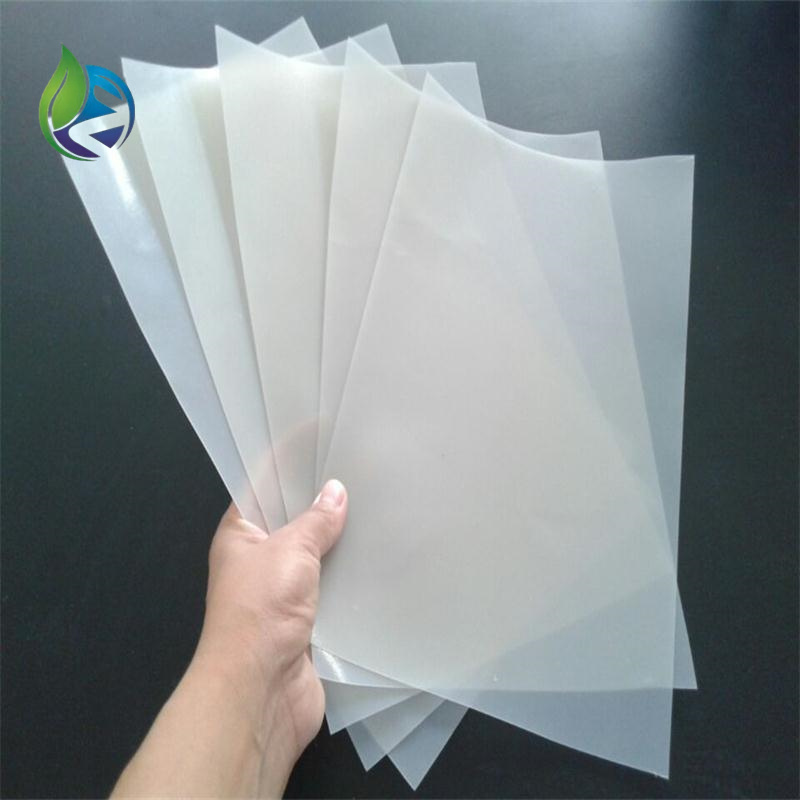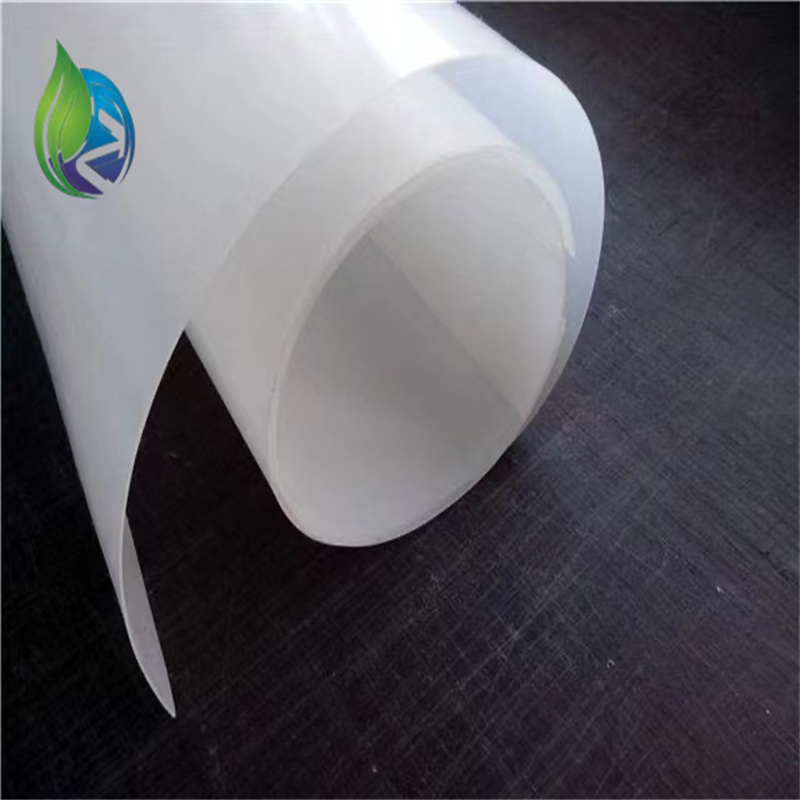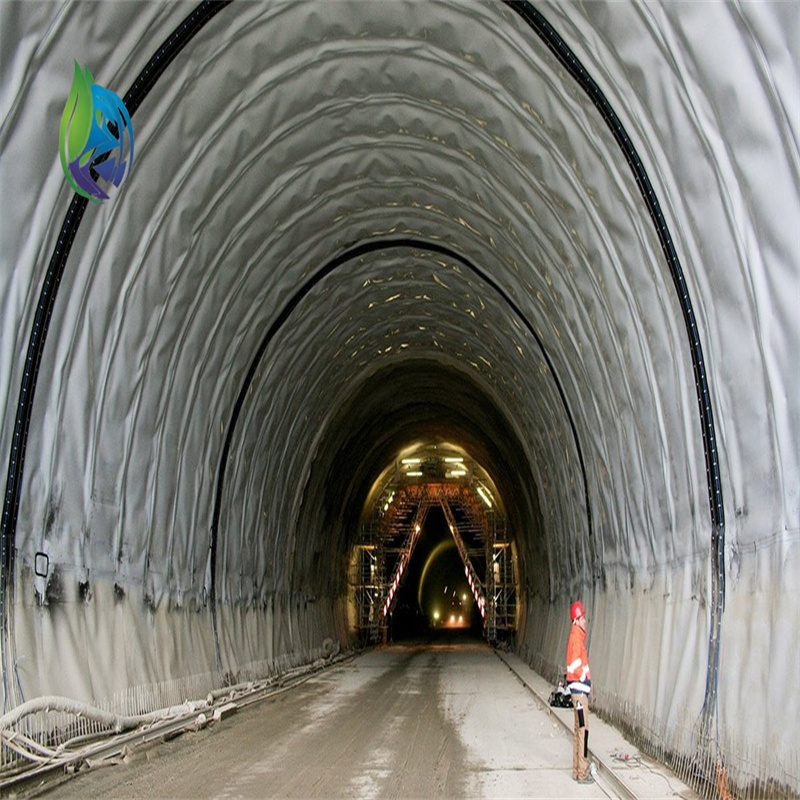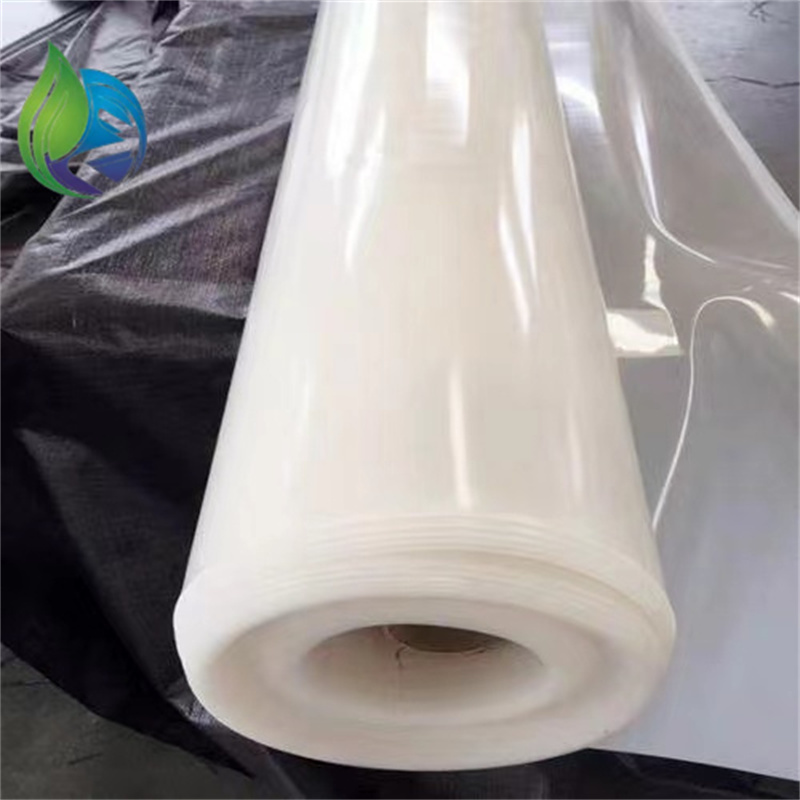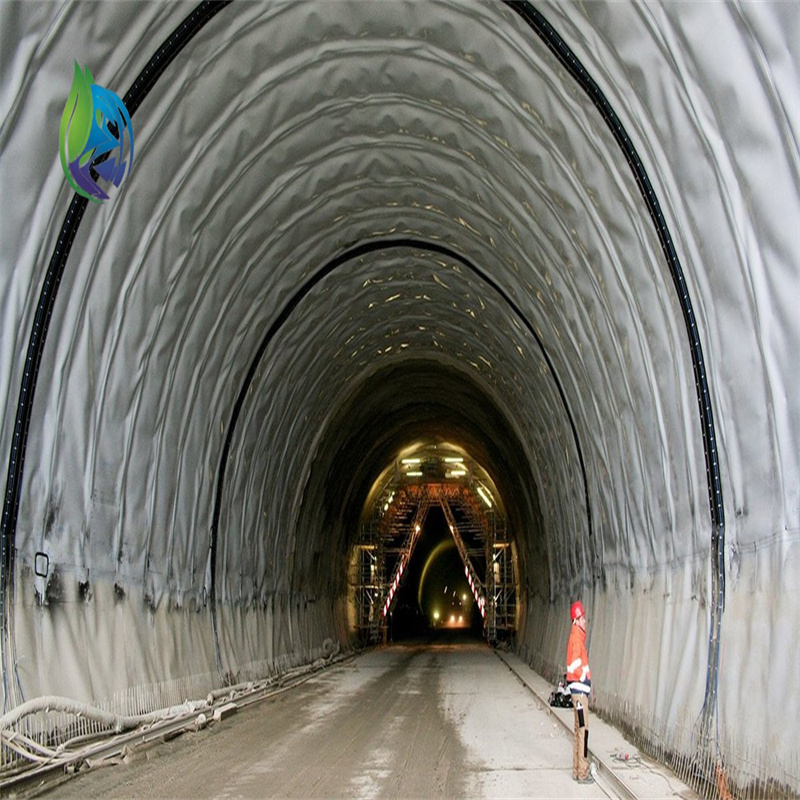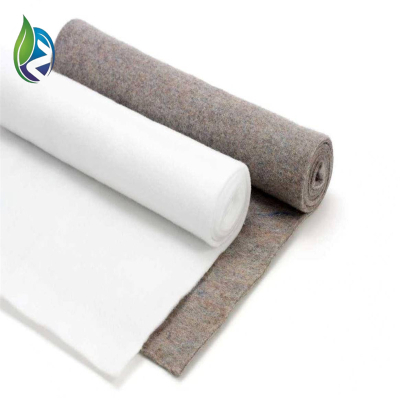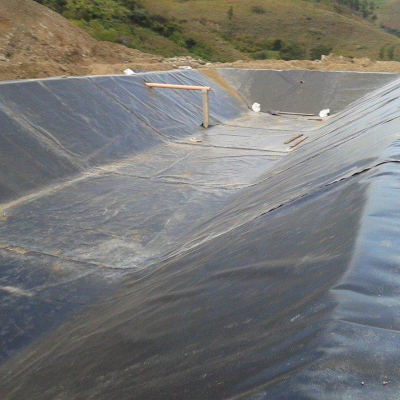EVA Geomembrane
EVA geomembrane is a highly specialized and advanced material that has revolutionized waterproofing and seepage control in various industries. It is a composite geomembrane, a layer of flexible, durable material used in geotechnical engineering, specifically designed to prevent the passage of water or other liquids. The core of EVA geomembrane is Ethylene Vinyl Acetate (EVA) plastic, a copolymer of ethylene and vinyl acetate that offers exceptional properties suitable for these applications.
EVA geomembrane's unique blend of properties makes it an ideal choice for demanding waterproofing projects. Its primary characteristic is its remarkable impermeability, ensuring that water and other fluids are effectively contained or excluded as required. This is crucial in water conservancy projects like reservoirs, dams, and canals, where the integrity of the water barrier is paramount. Additionally, EVA geomembrane's resistance to chemical attack ensures that it remains functional even in harsh environments with exposure to acids, alkalis, and other corrosive substances.
EVA Geomembrane for Tunnel Composite Lining: Flexible and Durable Waterproofing Solution
EVA geomembrane for tunnel composite lining is a high-performance waterproofing material widely used in modern tunnel engineering. Made from ethylene-vinyl acetate (EVA) resin, this geomembrane provides excellent flexibility, elongation, and chemical resistance. Whether used in rail, highway, or urban subway tunnels, EVA geomembrane for tunnel composite lining ensures reliable moisture protection and long-term structural integrity.
What Is EVA Geomembrane for Tunnel Composite Lining?
EVA geomembrane for tunnel composite lining is a thermoplastic sheet specifically designed for tunnel waterproofing systems. It is typically used in conjunction with non-woven geotextiles, forming a composite lining structure that provides both water barrier functionality and mechanical protection. The main advantages of EVA geomembrane for tunnel composite lining include flexibility in low temperatures, superior puncture resistance, and long lifespan.
Compared to HDPE or PVC membranes, EVA geomembrane for tunnel composite lining performs better in curved tunnel profiles and high-deformation zones due to its outstanding elasticity and stress-crack resistance.
Key Features of EVA Geomembrane for Tunnel Composite Lining
High Flexibility and Elongation
EVA geomembrane for tunnel composite lining remains soft and flexible even at low temperatures, making it ideal for tunnels with complex geometries and settlement zones.Excellent Waterproofing Performance
With low water permeability, the EVA geomembrane for tunnel composite lining acts as a strong barrier against water ingress and hydrostatic pressure.Strong Bonding Ability
Compatible with spray-applied waterproofing and concrete structures, it ensures long-lasting adhesion within composite lining systems.UV and Chemical Resistance
EVA geomembrane for tunnel composite lining resists degradation from soil chemicals, groundwater, and light exposure, enhancing durability.Tear and Puncture Resistance
The material provides robust protection against mechanical stress during installation and operation.
Applications of EVA Geomembrane for Tunnel Composite Lining
The EVA geomembrane for tunnel composite lining is primarily used in:
Subway and Railway Tunnels
Offers continuous waterproofing protection for urban transport systems.Highway and Mountain Tunnels
Prevents groundwater seepage that can damage concrete structures and reduce safety.Hydraulic Tunnels and Drainage Galleries
Enhances structural reliability in water-conveying systems.Underground Parking and Utility Tunnels
Maintains dry conditions and protects electrical systems from moisture damage.
In each of these scenarios, the EVA geomembrane for tunnel composite lining plays a key role in improving tunnel durability, reducing maintenance costs, and ensuring long-term performance.
Installation of EVA Geomembrane for Tunnel Composite Lining
To achieve optimal results with EVA geomembrane for tunnel composite lining, follow industry-standard installation procedures:
Substrate Preparation
Clean and smooth the tunnel surface to eliminate sharp protrusions or debris.Geotextile Layer Placement
Lay non-woven geotextile as a cushioning layer to protect the EVA geomembrane.Membrane Deployment
Position the EVA geomembrane for tunnel composite lining evenly across the surface with appropriate overlaps.Seam Welding
Use hot wedge or extrusion welding to fuse the sheets and ensure continuous waterproof coverage.Post-Installation Testing
Conduct air pressure or spark testing to verify seam integrity and waterproofing performance.
Advantages of EVA Geomembrane for Tunnel Composite Lining
Ideal for high deformation zones and curved surfaces
Lightweight and easy to handle on-site
Compatible with both open-cut and NATM tunnel methods
Long service life (over 50 years under protected conditions)
Safe for use in sensitive environments (non-toxic and recyclable)
By using EVA geomembrane for tunnel composite lining, project engineers and contractors can enhance tunnel safety, prevent water-related damage, and ensure the infrastructure meets demanding performance standards.
Conclusion
As tunnel construction projects face increasing demands for durability, efficiency, and environmental performance, EVA geomembrane for tunnel composite lining stands out as the smart choice for reliable waterproofing. Its unmatched flexibility, chemical resistance, and ease of installation make it the preferred solution for both new constructions and rehabilitation works.
Choose EVA geomembrane for tunnel composite lining to build dry, strong, and future-proof underground structures.

